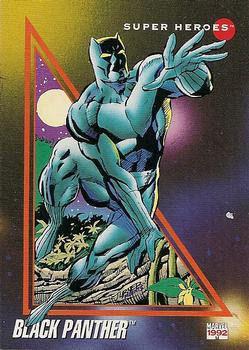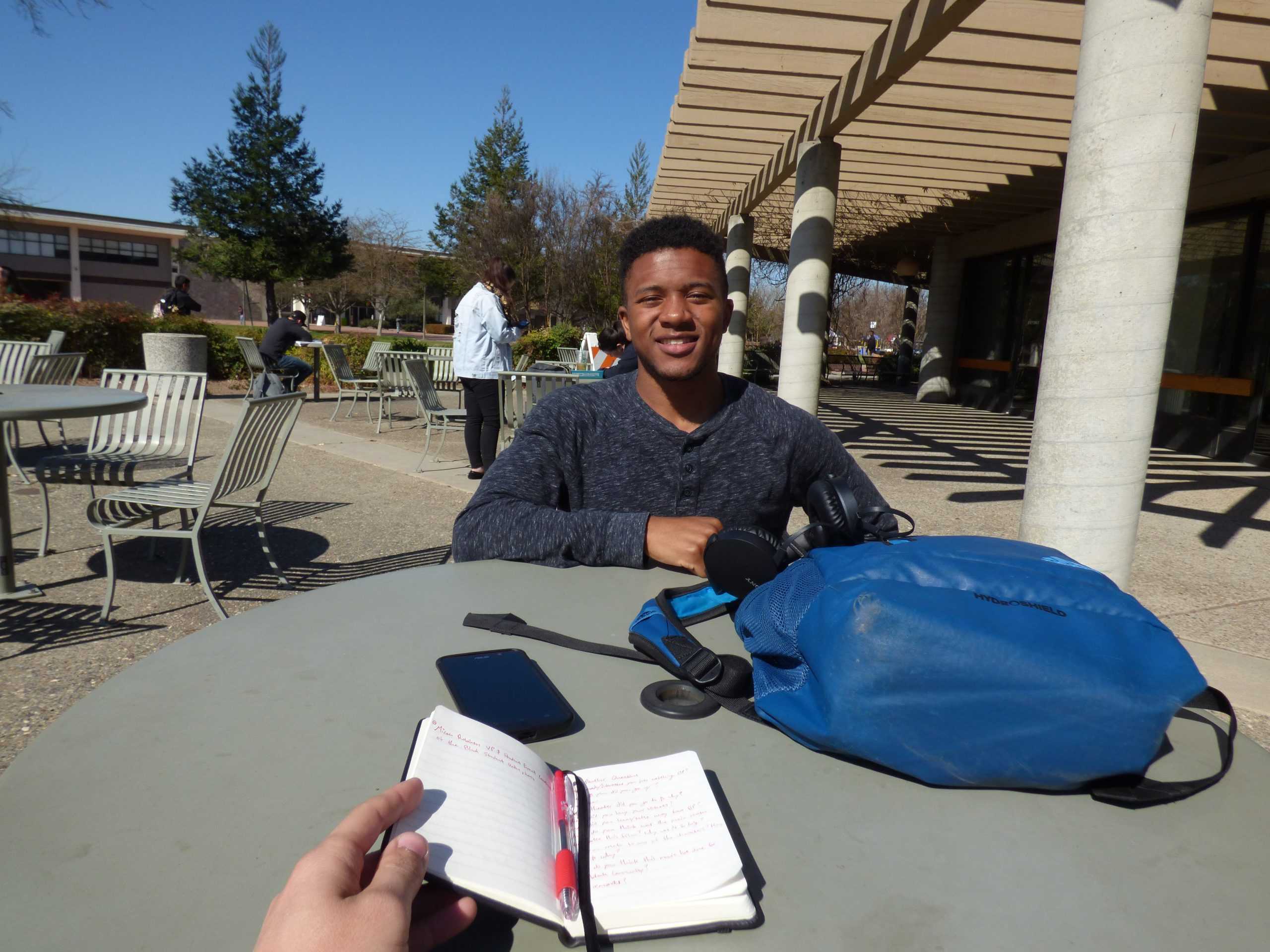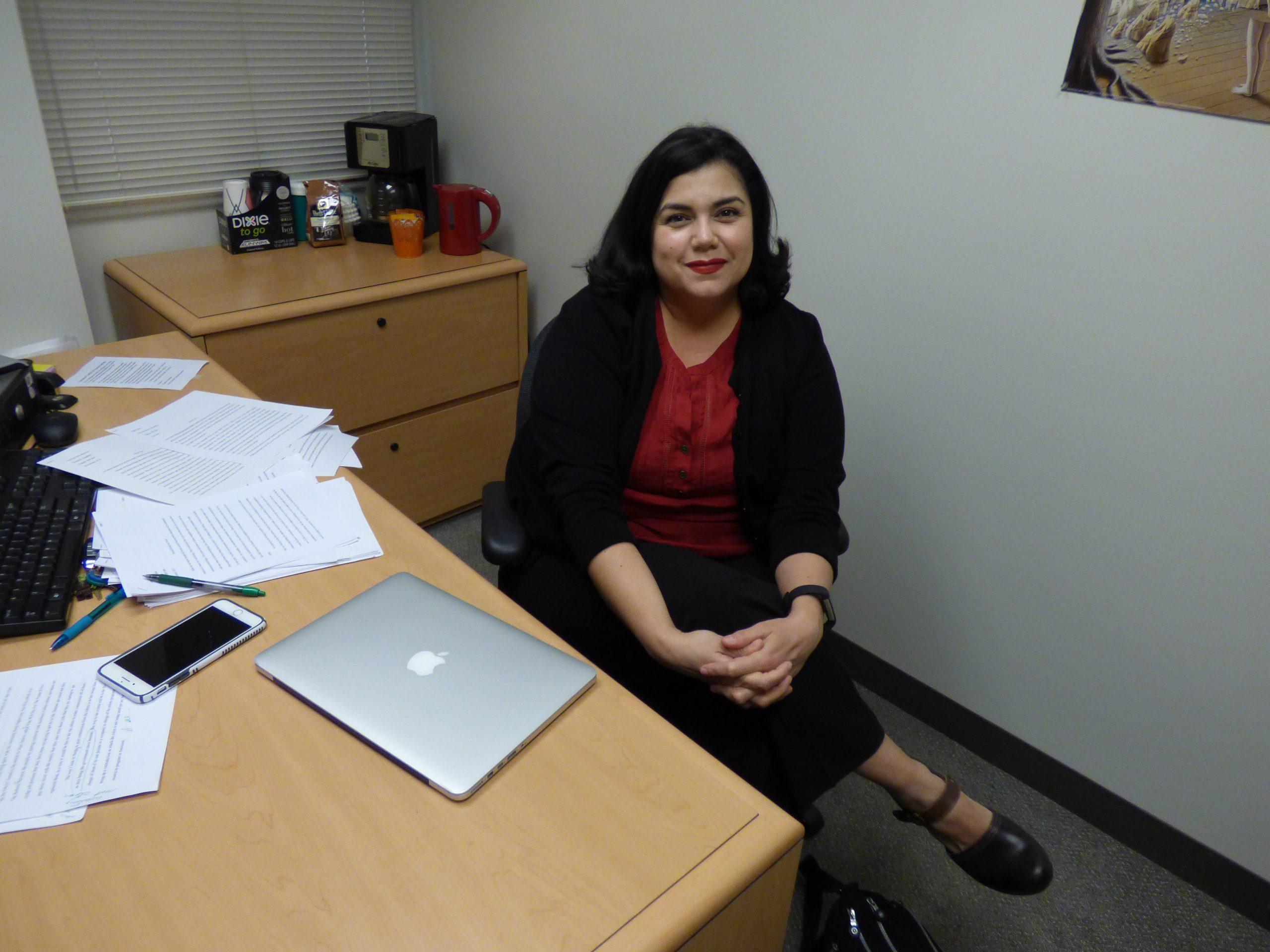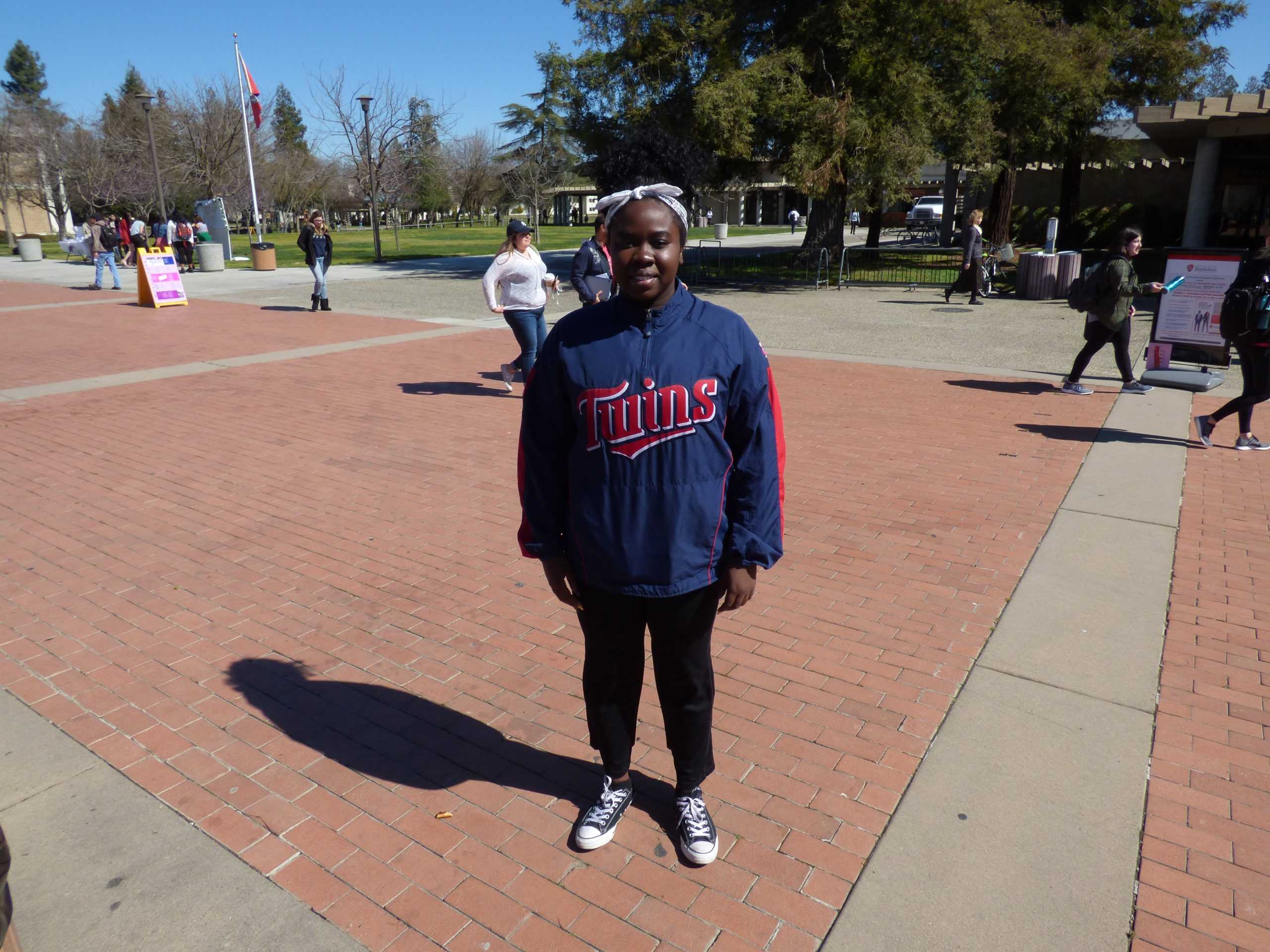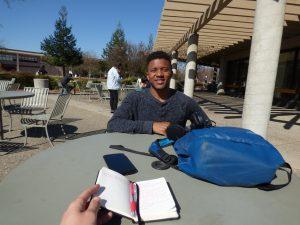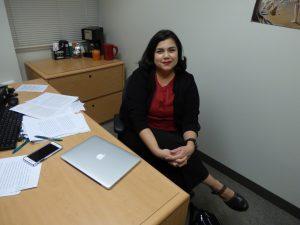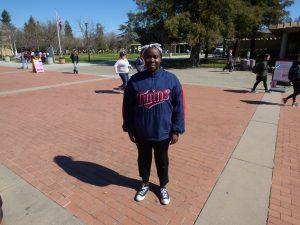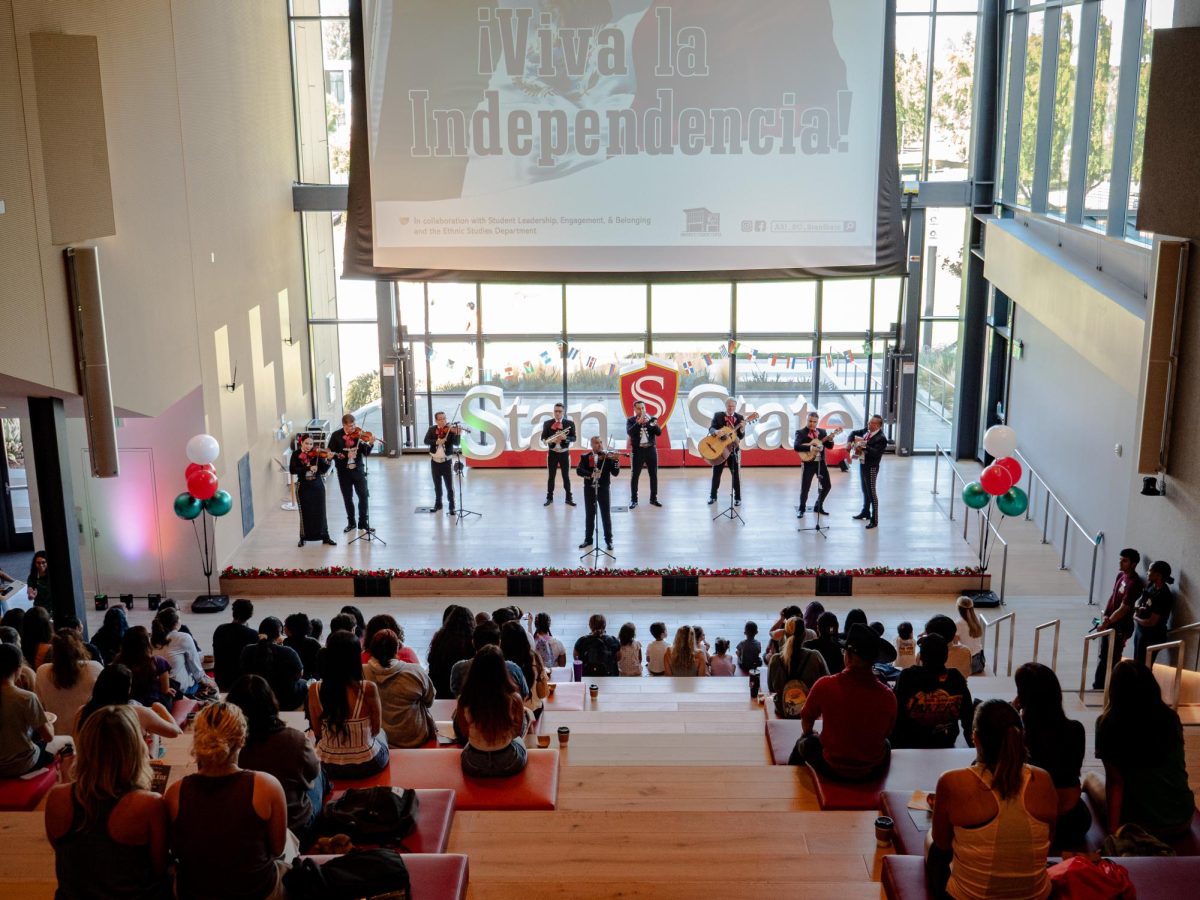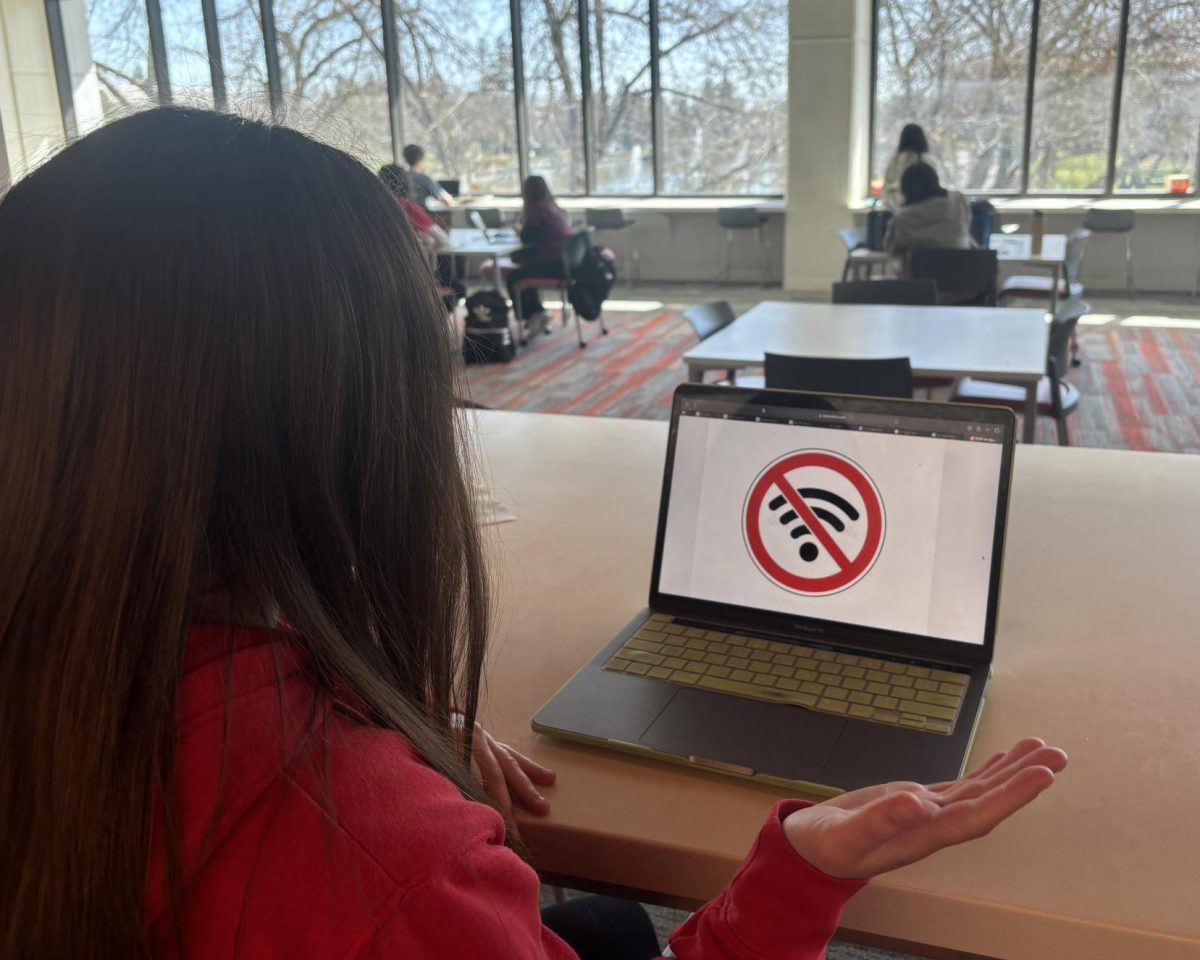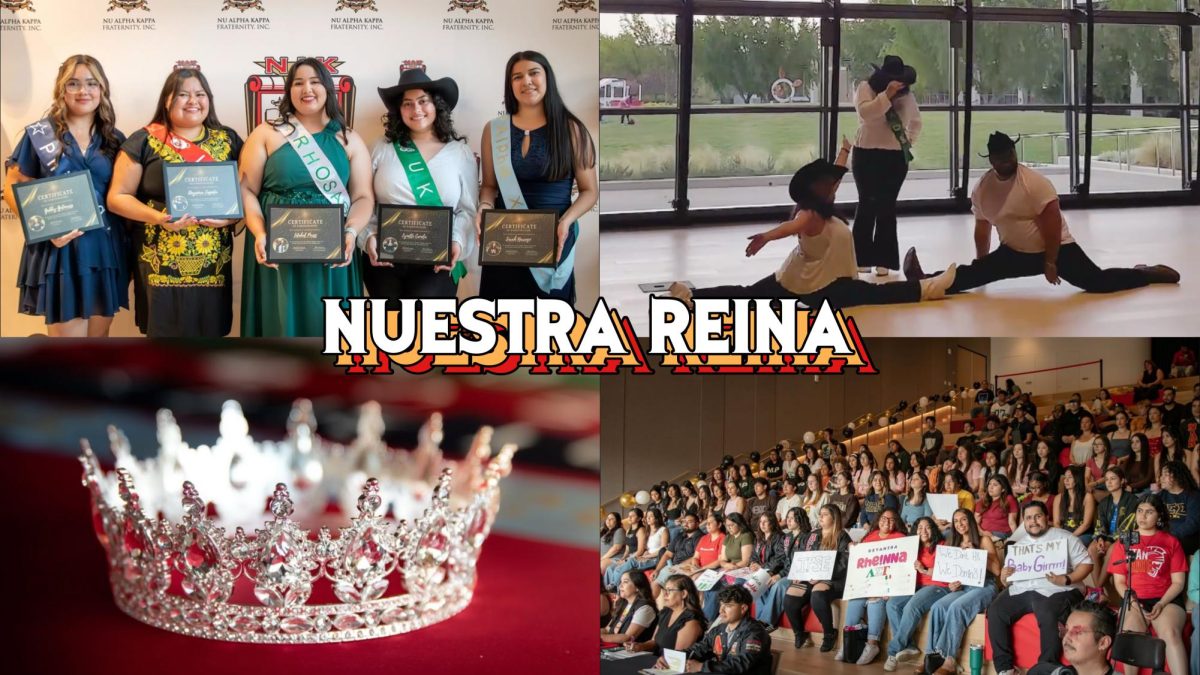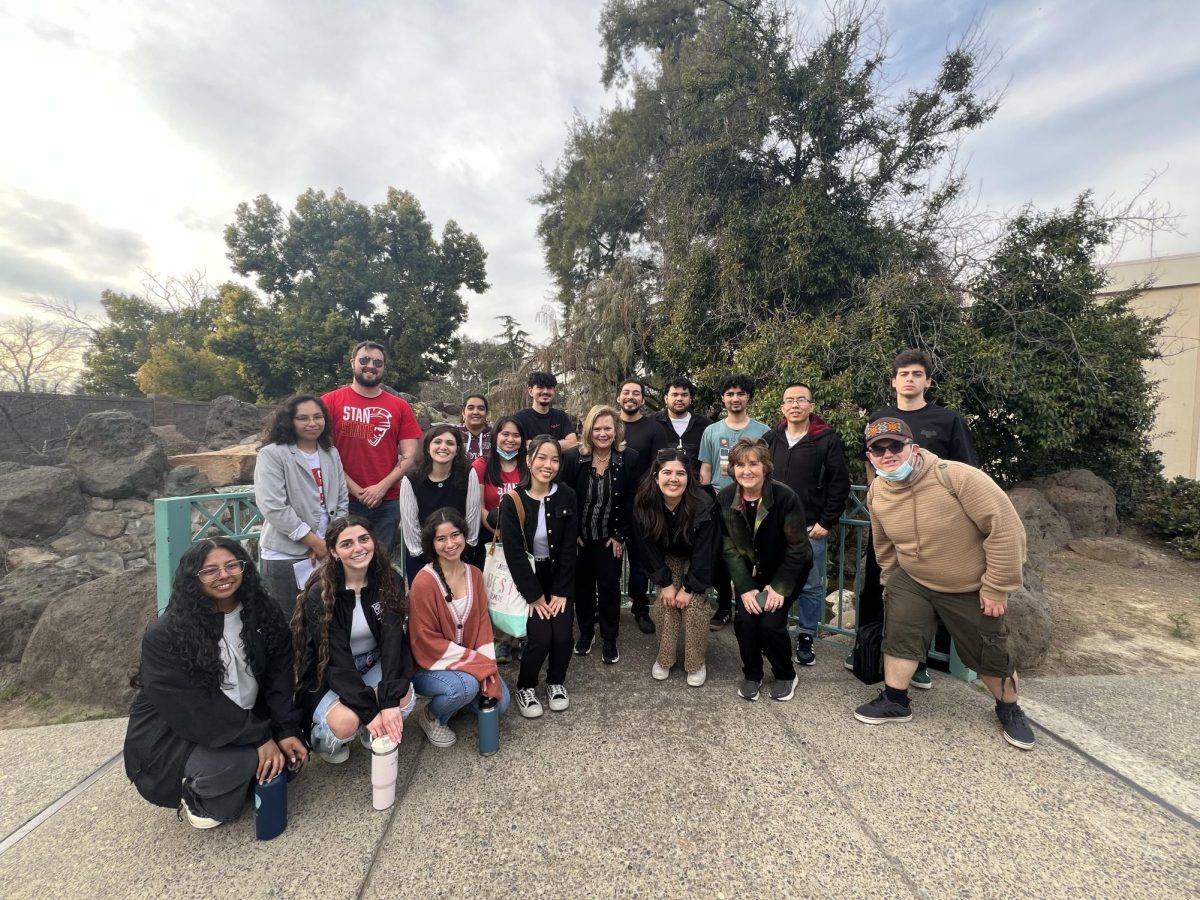“Black Panther” has premiered nationwide and has Stan State students and faculty talking about the empowerment it gives to ethnicites that rarely get the limelight.
The History of Black Panther
Before the political organization of the “Black Panther Party” assembled in California in 1966, the superhero group “The Fantastic Four” was lured into a trap from a man in Wakanda that went by the same name.
In the Marvel universe, T’Challa shrouds himself with the identity of The Black Panther to protect his fictional nation of Wakanda in Africa. According to Marvel.com, he appeared for the first time in 1961 in the 52nd issue of the “Fantastic Four” comics written by Stan Lee and illustrated by Jack Kirby.
He lured the Fantastic Four team in a technological labyrinth that challenges them with many tests and attacks by the Black Panther himself. He does this to see if they’re capable of helping him defeat his nemesis Klaw. With the aid of his new friends, he succeeds in issue 53 of The Avengers to bring peace to Wakanda.
T’Challa is used as a background or side character in his first three appearances until 16 years later when he debuted in 1977 in his own solo comic Black Panther. According to comics.gocollect.com, the first issue goes anywhere from $50 all the way to $615.50, depending on the physical condition.
Other than a cameo in Marvel’s 2016 “Captain America: Civil War” Chadwick Boseman, who played Black Panther, had to wait for his own full length feature film. Until February 15, 2018 Marvel had kept their first African superhero on the comic pages, until Ryan Coogler transformed this 2D character into the true king of cinema.
According to Mike Murphy of Market Watch, the groundbreaking cinematic success of “Black Panther” has brought in a record 108 million dollars domestically in its opening weekend and is “setting more milestones and reaping $400 million after just 10 days.” Coogler’s visionary interpretation of Black Panther booked screenings throughout the Valley and beyond.
How Black Panther Relates to Students
According to Victor Mayoral (graduate, Psychology), “The majority of the crowd at the screening I attended, was of color. Being black or Hispanic, this was what I saw.” Having a main character of color portray a hero not well known to the public and still “make such a huge impact and to receive such big numbers as it did, does say something about this time.”
Mayoral believes that “Black Panther”‘s impact brought out “how the bad stuff that happened to colored people. It’s real. It’s not something that’s just told, it’s true. It’s something that really happened and to see a main black cast and characters of strong black men and strong black women is a really impactful thing.”
The transition of minorities being the sidekick to becoming the main hero is refreshing and revolutionary. “We have had previous colored super heroes we’ve seen. Some of them great, some of them good. Blade had some great movies, some not so good,” Mayoral said.
Moving towards the sidekick characters, Mayoral said the character of Diablo, a Hispanic character that appeared in the 2016 DC Suicide Squad, “could’ve had such a better character arc, such better storyline. But the way he was written, didn’t really go well.” The representation of ethnic characters are marginally stereotyped and most of the time aren’t displayed in a positive light.
There are some exceptions but these “sidekicks” fall through the cracks of the spotlight. “With Marvel, we’ve got Black Panther. We’ve got Luke Cage on Netflix. Marvel bringing secondary characters that do have a good impact, War Machine and Falcon are great characters that I enjoyed greatly, but they aren’t as memorable as Black Panther.” The effort put into these ethnic characters are clear, much like the racial differences shown in “Black Panther”.
The secretary for the Black Student Union (BSU) Wonulla Olagunju, (junior, Biology) bought her tickets a month in advance and watched it opening night at 11:10 pm at the Riverbank Galaxy. She was “glad that Marvel revived ‘Black Panther’, especially with what he’s all about. I mean, his origination wasn’t really for the Civil Rights Movement but the idea of him has become attached to that so I think people are starting to see this as a revolutionary movie.”
“You can see a cultural divide and understand certain feelings of how other people from other countries may feel even though they’re Black about the African versus Black thing, that is very prominent…you learn a lot from this movie,” Olagunju said.
Olagunju expands on the idea of “Africans versus Blacks” by saying the views of people from Nigeria are that Africans and Blacks are different types of people.
“Black people are Black people and Africans are Africans. We’re too different, where we divide each other and it just shouldn’t be like that. We should be able to come together and learn…we shouldn’t be cutting them off from their old culture. We should be helping them embrace and learn and help other embrace people as well,” Olangunju said.
The Vice President of the BSU Micah Robinson, (senior, Sociology) waited until the crowds died down to watch the film. He watched it two days after opening day at the Turlock Regal mainly to “see what all the hype was about”.
Being a couple days after opening day, he had time to look at what people thought of the film, “The general thing that a lot of people said was that you couldn’t have a black lead in movies that wasn’t portrayed negatively, I don’t necessary prescribe to that because I thought that was already proven through past films.”
Robinson added that many positive characters in films were historical figures like: Thurgood Marshall, Malcom X, and Martin Luther King.
Other than having to show Black Panther at some point, Robinson states that “A big reason to make this film was to show black kids could be whatever they want to be. It doesn’t have to be a white superhero, you can save somebody too.”
How Black Panther Relates to Faculty
For the generation prior to the superhero phase, growing up with comics wasn’t as it is now. Helen Arguelles Gudino, an adjunct lecturer for the English department, grew up with comics and action figures instead of glitter and Barbies.
Unlike this generation, Gudino felt “isolated” in her childhood. “The girls were into cheer leading during middle school. When I was younger, the little girls used to play with Barbies and stuff like that. I didn’t want the Barbies; I wanted the GI Joe’s, and I wanted the Star Wars toys.”
In her time reading comics and watching cartoons, the heroes of color were hard to come by. Gudino was “pressed to even try to remember what super heroes of color there were at that time.” She goes on to say “as an ethnic person, I felt like it was very difficult to identify with a lot of the characters because there weren’t many women and there weren’t many ethnic people, characters, cast in leading roles.”
She is surprised of the difficulty of thinking of superheroes who are either of color or female. “I can’t think of any. Maybe if I thought harder and longer I would; it’s sad that I’d have to reach into the recesses of my mind to remember.”
However, when thinking of a white superhero Gudino gave the example of Superman. “I can think of many examples for this question—largely all of them. That’s rough.”
She added that women nor people of color are playing the lead roles, and that women are either the love interest or a supporting character helping the main character.
For Gudino the backlash that the movie received from some people is “worrisome”.
“I think the response we saw to the film—all the negative attention the film was getting as people threatened to flood Rotten Tomatoes with negative reviews. It shows that people aren’t used to it. People are not used to seeing people of color in a lead role. It is a shock, it is a surprise, and it is uncomfortable for many,” Gudino said.
In contrast, the movie can be considered “a victory for all the ‘others.’”
“It is uncanny even for us to see ourselves, people like ourselves, on screen, because we’ve been absent in the media for so long—in terms of representation of gay, lesbian, transgender, and ethnic characters. We largely do not see diversity on screen as if diversity does not exist. That’s not reality,” Gudino said.
“We’re here. Woman are here. Gay and Lesbian people are here. Transgender people are here. Bisexual people are here. We are all here, but we’re just not equally represented on the screens and when there is somebody, it’s a total shock for many,” Gudino said.
“Black Panther” might have been popular for its majority black cast, but it’s not just a triumph for the black community. This film proved that there is more ethnicities that can be heroes and do heroic things. Minorities don’t have to be sidekicks any more. In the words of Black Panther, “Long live the King.”

